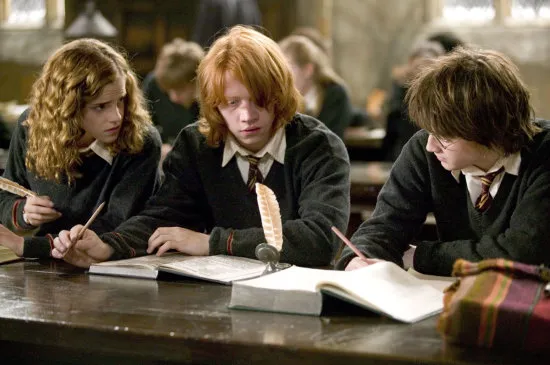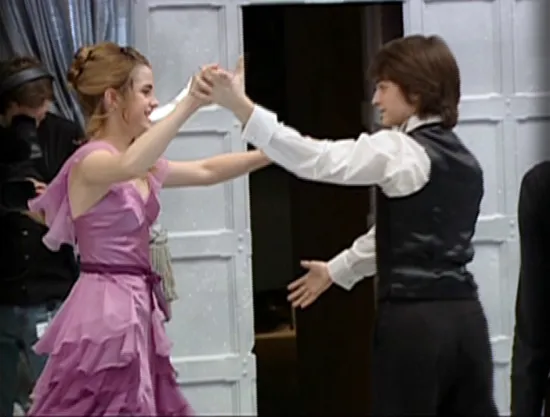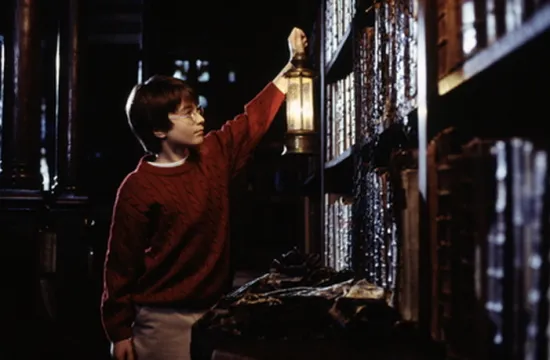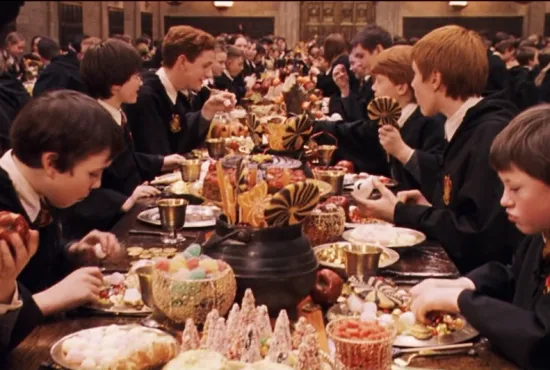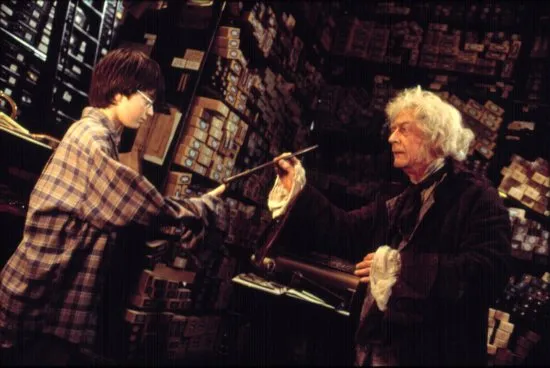It may have taken J.K. Rowling some time before publishers saw the value in her books, but it wasn’t long after that when film producers realized how much bigger this franchise could become. Producers, the cast, and the crew had a lot of hard work set out for them in bringing the magical world of Harry Potter to the big-screen because of a large, loyal and extremely passionate fanbase with very high expectations thanks to the books. As to be expected, it was no easy to feat to do all this, and while it all came together wonderfully on-screen, there is so much that fans never knew, and never got to see. With $7.7 billion in worldwide receipts over all eight films, the Harry Potter franchise has become the second highest-grossing film series of all time. With no expense spared on the set, check out 11 behind-the-scenes secrets from the Harry Potter films!
11. Starting with Steven Spielberg
Before anything can even happen on-set or with casting, film producers have to find the perfect fit in a director whose vision will bring the film to life. This was of course extremely important for Harry Potter, and producers went straight after famed director Steven Spielberg for the job. Unfortunately Spielberg at first wanted the film adaptation to be animated and suggested American actor Haley Joel Osment provide the voice for Harry Potter. In the end, it was mutually decided Spielberg wasn’t the right fit, and Spielberg contended the whole thing was just about making money. “[It’s] like shooting ducks in a barrel. It’s just a slam dunk. It’s just like withdrawing a billion dollars and putting it into your personal bank accounts. There’s no challenge.” Meanwhile, rumors flew that it was author J.K. Rowling who had clashed with Spielberg, but on her website she wrote, “Anyone who thinks I could (or would) have ‘veto-ed’ him [Spielberg] needs their Quick-Quotes Quill serviced.”
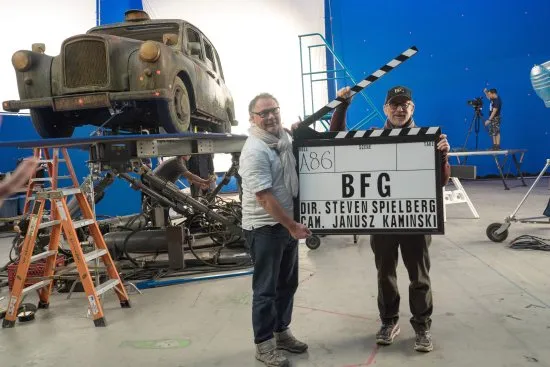
Doane Gregory /© Walt Disney Studios Motion Pictures /Courtesy Everett Collection
















